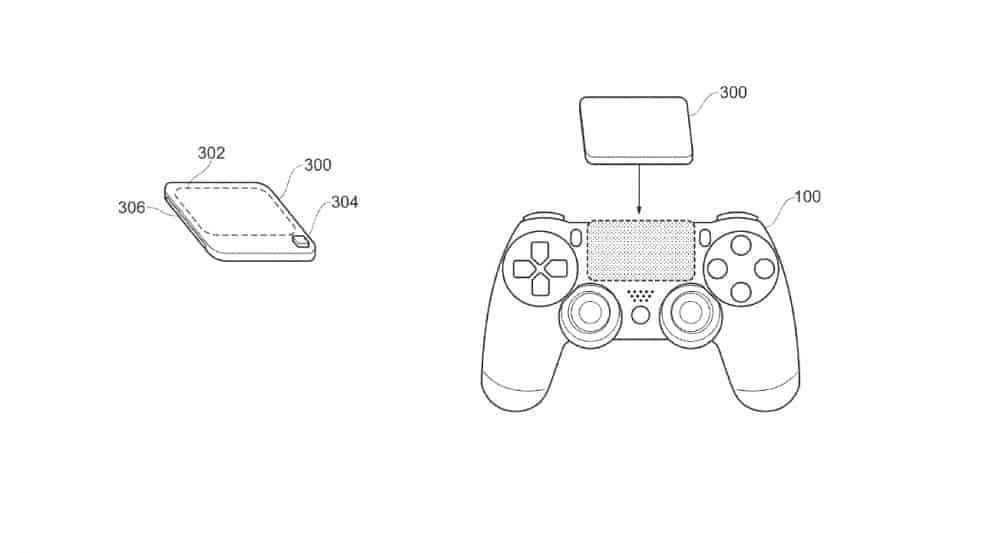Where Microsoft worked to make gaming more accessible for people with limited mobility, Sony has been doing the same but for the blind or visually impaired.
According to a new patent published just a few weeks back, Sony is designing a portable device that can be attached to a DualShock for tactile feedback. The device in question replaces the touchpad of the controller from where it conveys text-based information like a braille board, while allowing the user to access in-game features by applying pressure on the touch-sensitive surface.
A system includes a portable device for providing tactile feedback to a user, and a handheld games controller, a tactile pad including a plurality of touch elements for generating a respective tactile output, and a processor configured to receive the text information and to control the tactile output of at least some of the touch elements based on the received text information; the handheld games controller including a touch sensitive surface; and where the portable device is positioned over the touch sensitive surface, and pressure applied by a user onto the portable device is relayed to the touch sensitive surface of the handheld games controller.
The filing also sees Sony outline how current accessibility features are limited and how the patented method will address those issues to make gaming for the blind or visually impaired more immersive. The text-to-speech feature, for example, often interrupts in-game audio that can disrupted the flow of a game. Other features such as zooming, color inversion, contrast and text controls need constant configurations that can, in similar fashion, disrupt gameplay. What Sony is looking for is a way to give more control to the blind or visually impaired so that they can adjust their accessibility settings on the fly. Hence, without breaking immersion or the flow of the game.

That being said, considering how most games these days give tons of information at all times, relaying all of that through a tactile braille board would be counterproductive. Sony suggests adjusting the accessibility of content by relaying symbols through tactile feedback. Taking God of War as an example, the blind or visually impaired gamer can read runes, arrows, or game-specific shapes through tactile output on the portable device. Hence, a generated tactile version of an arrow can indicate if in-game statistics are increased or decreased.
The developer can even ensure that mini in-game menus can be read through tactile feedback alone, allowing the user to navigate through menus on the fly. Sony is exploring several ways through which to make use of said tactile attachment for DualShock and ensure first-party exclusives to have improved accessibility features in the future.
Sony has already announced that the new DualShock 5 will feature an evolved form of haptic feedback for a next-generation experience. Highly programmable voice-coil actuators will replace the conventional rumbling motor in both the left and right grips that will in turn respond to every in-game action. DualShock 5 will also feature adaptive triggers that developers can program to offer varying levels of resistance.
